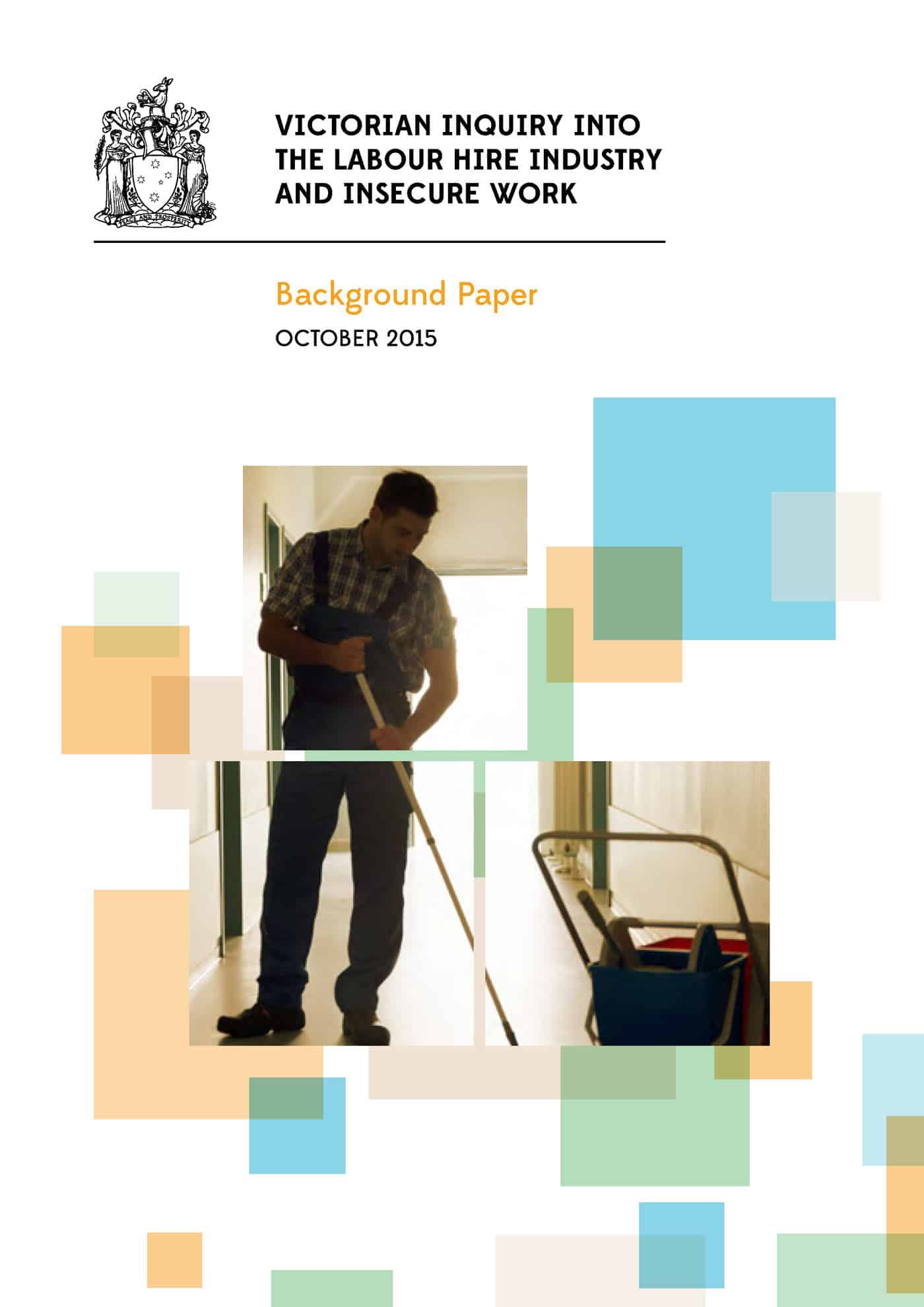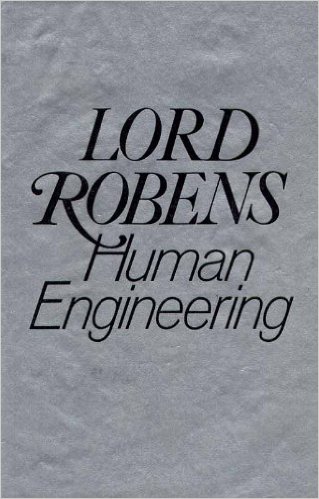On 30 September 2015, SafetyAtWorkBlog highlighted a conversation about inspector numbers from the Tasmanian Parliament. The information was confusing but crucial in understanding WorkSafe Tasmania’s occupational health and safety enforcement capacity and strategy.
Below are some questions posed to WorkSafe Tasmania in an attempt to clarify the issues and the OHS regulator’s replies. Two responses prompted comment on workplace health and wellbeing strategies.


 While researching a blog article I found a 1970 copy of
While researching a blog article I found a 1970 copy of 
 The
The